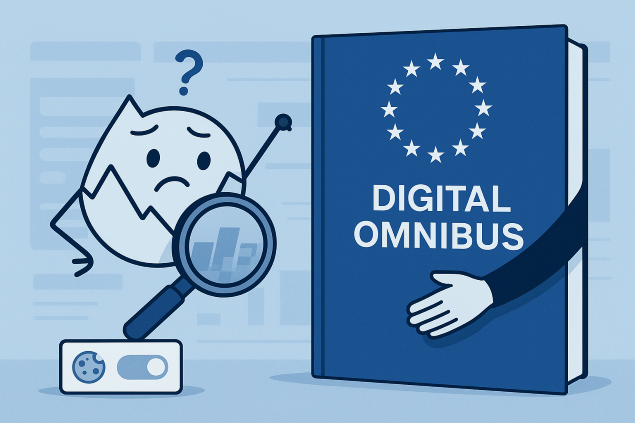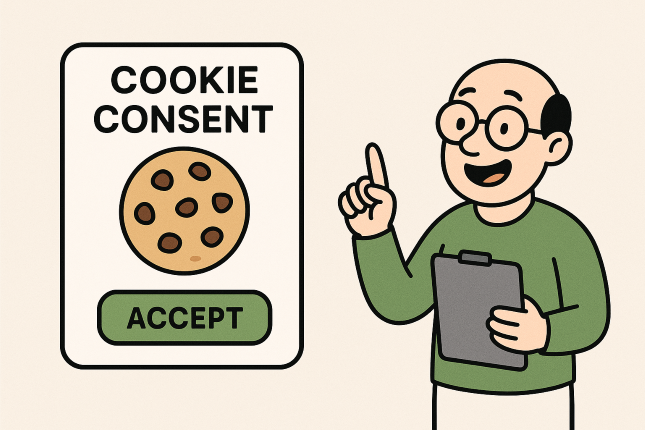Author: Pavel Šabatka
Bugs in Tracking
Czech national holiday of web analytics. Traditionally held on the first Saturday in September. Yes, MeasureCamp. I gave a lecture on measurement errors and their monitoring. I promised the participants that I would publish the slides. However, the slides were only a supplement to the presentation. Practical examples can be found in the GTM export.For…
Written by



